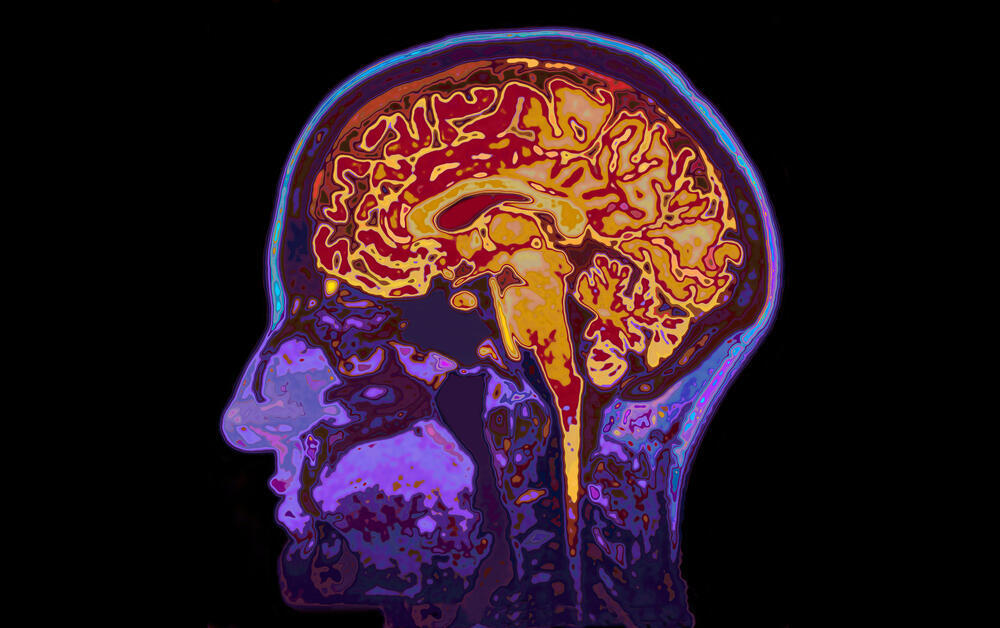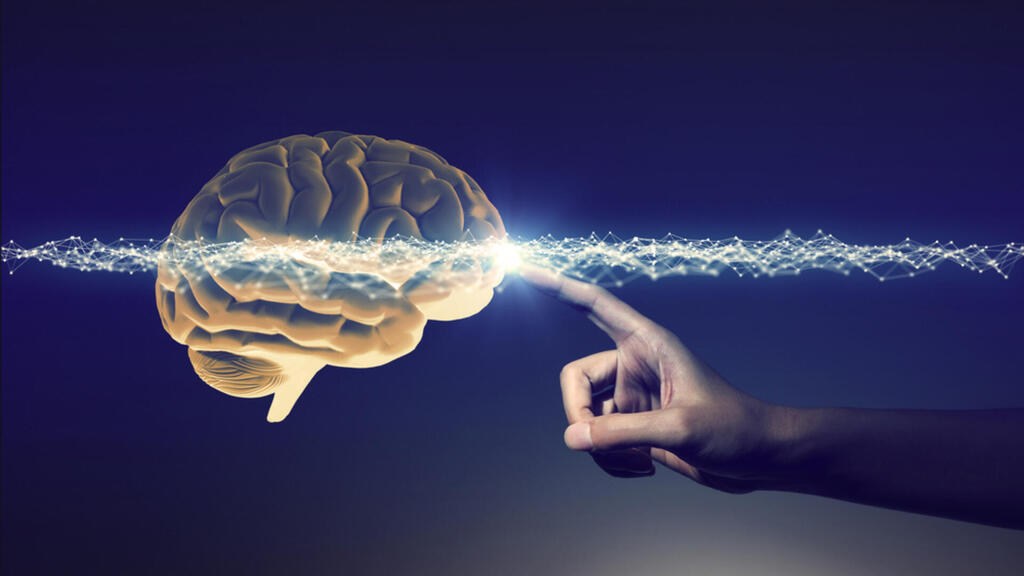Getting your Trinity Audio player ready...
We begin with a riddle: Picture a scene with a pin-filled cardboard box, a candle, matches, and a corkboard hanging on the wall. Your challenge is to position the candle, light it and prevent any wax from dripping onto the floor. This is an example of a riddle that requires creative thinking to arrive at a solution.
More Stories:
Reality - a tapestry of riddles
Consider each prediction our brain makes as a 'riddle'. The brain constantly tries to anticipate upcoming events from the next second, to the upcoming hour or year and to determine the optimal response.
When you turn to solve an everyday riddle, you often rely on past experiences - whether it's a previously experienced scenario or a past action. For example, if we have lit candles in the past we will know that they tend to drip wax. Relying on past experience can save time and resources, but on the other hand, it can also lead to cognitive fixation, a tendency to follow ingrained patterns of thought or behavior.
This tendency can be an obstacle when trying to pursue innovative creative solutions. In the given riddle, for example, if you have ever used pins before, you would know that you can easily force them into the cork board and thus you are likely to use them in this way.
Those who’ve handled candles in the past will probably hold the candle in the usual way, aware that lit candles drip wax downwards. Does past experience help or obstruct us in finding a creative solution for the riddle? The question then arises: does past experience aid or impede our pursuit of a creative solution to a problem?
The brain’s screensaver
Default Mode Network (DMN) is a network of interacting brain regions that collectively engage when an individual is not focused on a particular task, resting or bored and letting their mind wander. This network is composed of regions in the prefrontal cortex, in the temporal lobe and in an area beneath the parietal lobe.
The DMN was discovered in the 1970s using functional magnetic resonance imaging (fMRI), which allows tracking changes in brain activity in different regions of the brain while performing tasks. The researchers noted that while subjects were waiting between tasks, specific brain regions exhibited heightened activity.
For a long time, scientists believed this network had no specific role and was not related to cognitive functions, operating much like a ‘screensaver’ that turns on whenever the brain is not engaged with a specific task.
When an individual is engaged in a specific task, the activity of the network changes, so that its level is in fact inversely proportional to the level of attention: when we’re focused on a task - the network’s activity decreases, and when we are not focused and the mind wanders - the network’s activity increases.
Default Mode Network plays a crucial role in spontaneous thinking, generating new ideas and forming new connections between ideas and existing knowledge.
The complementary systems to the Default Mode Network
A complementary system to the DMN is the Executive Control Network (ECN), also known as the Central Executive Network (CEN). This network, which is centered in the prefrontal cortex, allows one to focus on tasks, remember a sequence of numbers or facts and perform complex thinking processes.
The interplay and balance between the two networks, as one suppresses the activity of the other, allow for creative thinking that extends beyond existing patterns, but does not lose its bearings.
In one study, researchers examined brain activity in subjects with exceptional creative capabilities, such as famous artists and award-winning scientists. These subjects were tasked with forming associations for words displayed on a screen.
The resulting scans showed increased activity in the areas of the DMN and also in regions of the brain known as ‘association areas’. These areas, located in the cortex, are involved in the perception of sensory information.
For example, when we read the word “grandmother” the letters are perceived by our visual system, while in the association areas, the word is linked to memories, emotions and other sensory information, such as the aroma of grandmother’s cooking, thus receiving meaning.
Surprisingly, the findings were consistent across creatives such as writers and directors as well as in scientists from the life science fields. A possible conclusion is that high levels of creativity, whether in art, writing or scientific research, may be based on the same systems in the brain.
In another study, subjects were asked to think about creative ideas. The researchers rated these ideas based on their level of originality and novelty and found that the entire Default Mode Network was activated, but certain areas in it were more active than others. Areas in the left parietal lobe, related to processes of ‘mentalization’ - the ability to interpret and understand the actions of others, were more active when subjects produce creative ideas.
To conclude, creativity and problem-solving are complex processes, involving the formation of new ideas and new connections between ideas and existing knowledge, which involves coordination between different systems and areas in the brain. Did you manage to solve the riddle? If not, you might want to take a break from the effort and let your mind wander, so that the new idea or perspective that you are seeking may just pop up.
Riddle Solution:
Empty the pin box. Attach it to the clock board with a few pins. Place the candle inside the box and light it. Now the wax dripping from the candle will not drop to the floor, but will remain in the box. To solve the riddle you must literally ‘get out of the box’ and break free from the preconception that the box is intended only for storing pins and consider alternative uses for it.





